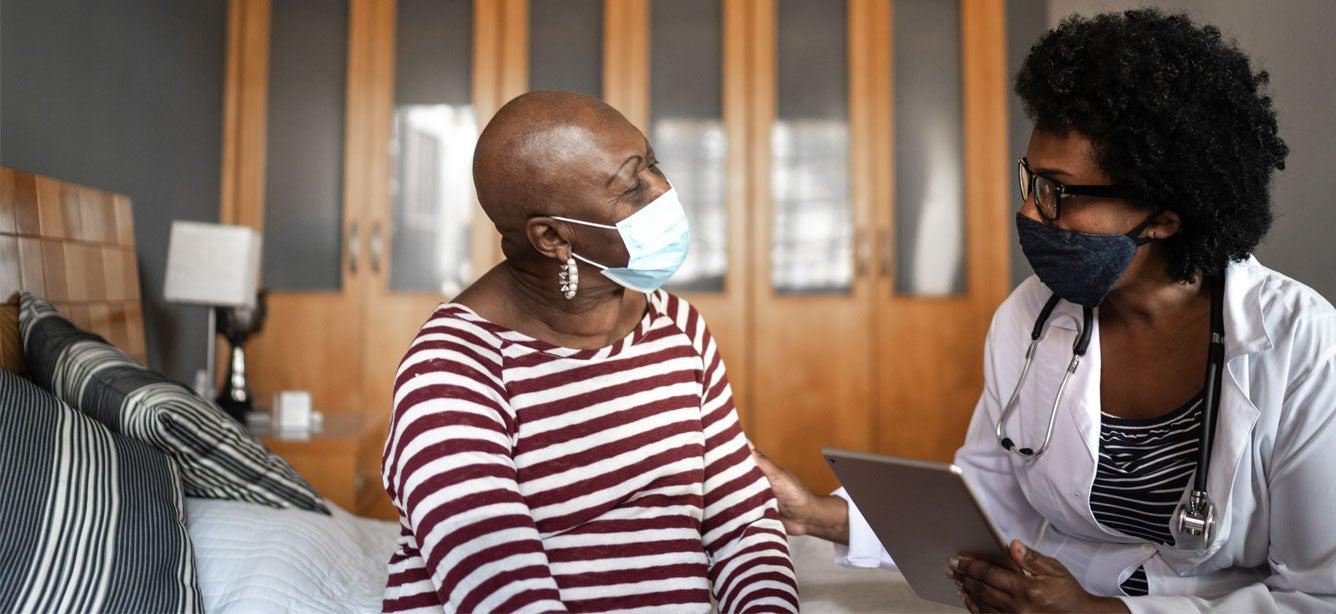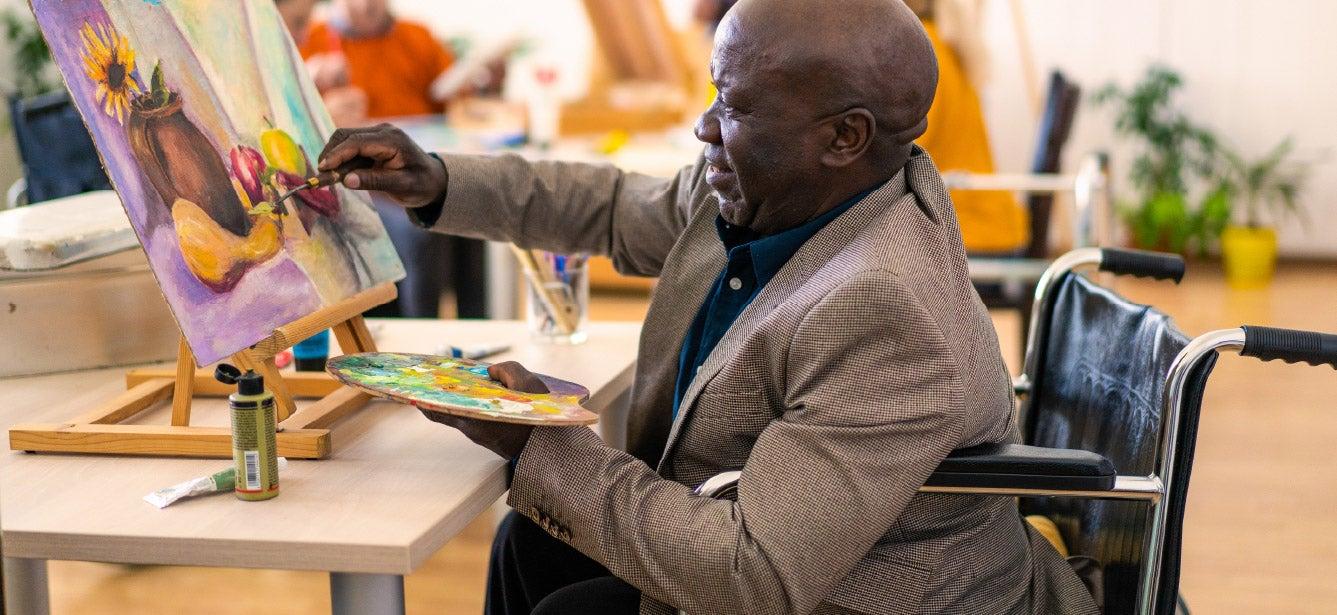
Related Topics
Prevention works. The fifth installment in an issue brief series that was commissioned by the Substance Abuse and Mental Health Services Administration (SAMHSA) and Administration on Aging (AoA) offers strategies for education, screening, and early interventions for prevention of prescription medication misuse and abuse.
Prescription medication misuse and abuse are growing public health problems among older adults; these problems are associated with many serious consequences, and often go unrecognized. Misuse of prescription medications, also referred to as non-medical use of prescription drugs, is estimated to increase from 1.2 percent (911,000) in 2001 to 2.4 percent (2.7 million) in 2020—a 100 percent increase—among older adults.1
This problem is growing because of the size of the baby boom population as well as the boomers greater acceptance of and experiences with using prescription medications and illicit drugs. One indicator of this growth is emergency department (ED) visits involving medication misuse and abuse; from 2004 to 2008, there was a 121 percent increase in ED visits involving prescription medication misuse by older Americans.2
Sources
1. Colliver J.D., W.M. Compton, et al. (2006). Projecting drug use among baby boomers in 2020. Annals of Epidemiology, 16,:257-265.
2. Center for Behavioral Health Statistics and Quality. (2010). Drug-related emergency department visits involving pharmaceutical misuse and abuse by older adults. In The DAWN Report. Rockville, MD: Substance Abuse and Mental Health Services Administration.



